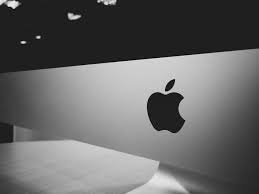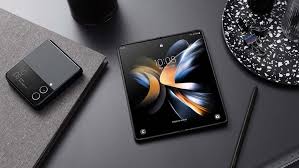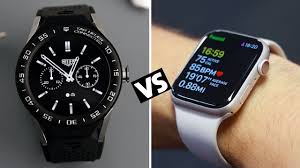
The age-old debate between smartwatches and traditional watches continues to divide enthusiasts. While smartwatches bring cutting-edge technology to your wrist, traditional watches offer timeless elegance and mechanical mastery. This comprehensive 2,500-word analysis explores every aspect of this battle, from functionality and style to longevity and investment value, helping you decide which timepiece truly deserves a spot on your wrist.
A. Evolution of Timekeeping Wristwear
-
Historical Journey of Traditional Watches
-
From pocket watches to wristwatches (early 20th century)
-
Quartz revolution (1960s) and mechanical watch resurgence
-
Luxury watch milestones (Rolex Submariner 1953, Omega Speedmaster 1957)
-
-
Rise of Smartwatches
-
Early attempts (1980s calculator watches)
-
Modern era (2014 Apple Watch debut)
-
Current market leaders (Apple, Samsung, Garmin)
-
-
Market Share Analysis
-
Smartwatches: 35% of global watch sales (2023)
-
Traditional watches: 65% but declining in younger demographics
-
B. Smartwatch Advantages: Beyond Timekeeping
1. Health and Fitness Tracking
-
Continuous heart rate monitoring
-
ECG and blood oxygen measurement
-
Sleep analysis and stress tracking
2. Connectivity Features
-
Notifications and call handling
-
Mobile payments (Apple Pay, Google Pay)
-
Smart home control
3. Customization Options
-
Interchangeable digital faces
-
Band swapping for different occasions
-
App ecosystem for personalized functionality
4. Practical Utilities
-
GPS navigation
-
Voice assistants
-
Camera remote control
5. Tech Integration
-
Seamless pairing with smartphones
-
Software updates with new features
-
Emergency SOS capabilities
C. Traditional Watch Benefits: Timeless Value
1. Craftsmanship and Heritage
-
Mechanical movement complexity
-
Hand-finishing techniques
-
Centuries-old watchmaking traditions
2. Longevity and Durability
-
50+ year lifespans for quality mechanical watches
-
No software obsolescence
-
Serviceable components
3. Investment Potential
-
Appreciating value of luxury models
-
Limited edition collectibility
-
Vintage market stability
4. Style and Prestige
-
Status symbol recognition
-
Appropriate for formal occasions
-
Designer brand cachet
5. Simplicity Advantages
-
No daily charging needed
-
Distraction-free use
-
Consistent operation
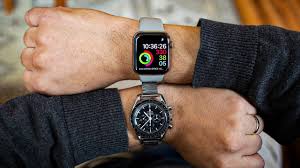
D. Key Comparison Factors
| Feature | Smartwatches | Traditional Watches |
|---|---|---|
| Battery Life | 1-2 days | Years (mechanical) |
| Accuracy | Atomic clock sync | ± seconds per day |
| Maintenance | Software updates | Mechanical servicing |
| Price Range | $200-$1,500 | $50-$500,000+ |
| Water Resistance | Swim-proof models | Professional dive watches |
| Customization | Digital face changes | Strap/bracelet swaps |
E. Who Should Choose Which?
Best For Smartwatches:
-
Fitness enthusiasts
-
Tech-savvy professionals
-
Health condition monitors
-
Young parents (safety features)
Best For Traditional Watches:
-
Business executives
-
Watch collectors
-
Outdoor adventurers
-
Formal event attendees
F. Future Trends and Innovations
-
Smartwatch Advancements
-
Non-invasive glucose monitoring
-
Flexible display technology
-
Extended battery solutions
-
-
Traditional Watch Innovations
-
Hybrid smart features
-
New material science
-
Anti-magnetic breakthroughs
-
-
Market Convergence
-
Luxury smartwatches (Tag Heuer Connected)
-
Smart mechanical watches (Breitling Exospace B55)
-
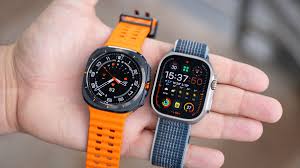
Conclusion
The smartwatch vs traditional watch debate ultimately comes down to personal needs and values. Smartwatches excel in functionality and health tracking, while traditional watches offer unmatched craftsmanship and enduring style. For many, the ideal solution might be owning both – a smartwatch for daily use and a traditional timepiece for special occasions. As technology evolves, we may see further convergence between these two worlds, but the emotional connection to mechanical watches will likely endure for generations to come.





